Protective suit for men

A number of professions are associated with daily risk due to specific working conditions - with chemistry or in difficult conditions. Here it is important to comply with the requirements of individual safety, and professional protective suits help reduce risks, protect a person from dangerous factors.

Features and purpose
A protective suit may be needed when working with chemicals (disinfection, disinsection, etc.), in conditions of possible radiation, and also when it is necessary to reduce the area of an open body, isolate a person from the external environment (suits for firefighters, electricians). Sometimes it is required to "highlight" a person, to make him noticeable in different conditions.

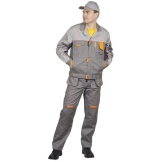
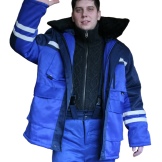
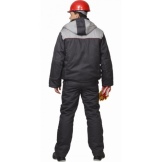
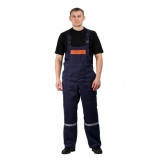
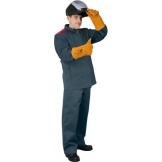
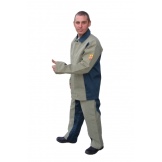

Such clothes are subject to high requirements for durability. It is made taking into account scientific developments, supplemented with impregnations, it contains resistant fibers that do not react with chemical reagents, they are often combined with reinforced threads.
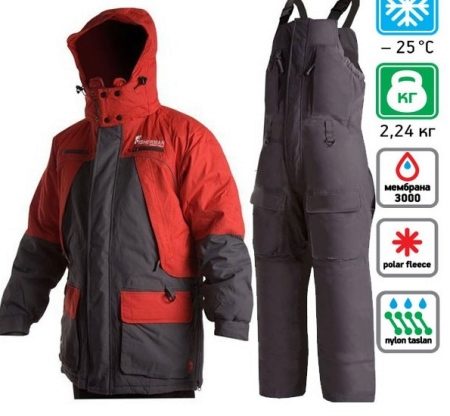
The suits for protection, depending on the purpose, have different tasks - to isolate the human body or filter the air (environment) without letting in dangerous reagents and substances.
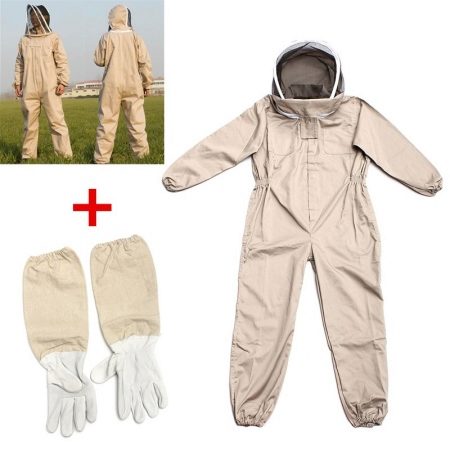
The suits for protection, depending on the purpose, have different tasks - to isolate the human body or filter the air (environment) without letting in dangerous reagents and substances.
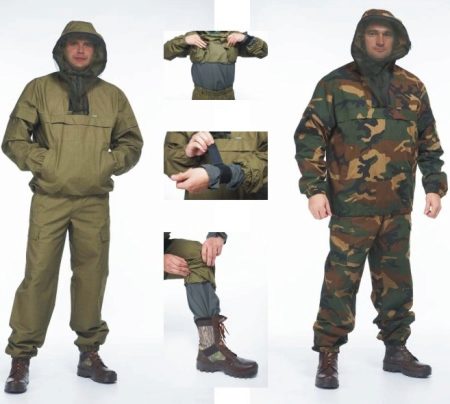
Protection classes
Since the purpose of protective suits is different, they are assigned classes in accordance with the norms of the law (GOST 12.4.011-89), while they should cover the human skin as much as possible. Depending on the kit, there is a protective suit (pants and jacket), protective overalls and a light protective suit. Such kits often include shoes, a helmet and mittens.
Protection classes may depend not only on permeability and contact, they are assigned depending on the temperature "resistance", as well as on working conditions.
- Protection class 1 - minimum recommended level
- Grade 2 gives you the opportunity to work in normal conditions
- Class 3 protects when working in difficult conditions.
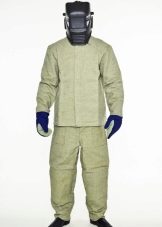
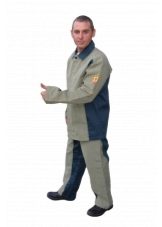





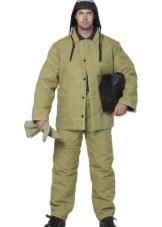
Protection types
From elevated temperatures
Such protective suits are chosen for employees of the fire service, the Ministry of Emergencies. Protection against overheating and external heat is provided by the multi-layer suit, special fabrics and surface impregnations. It is obligatory to use heat-reflecting matter, in the TOK-200 suit it is used as an outer layer of clothing, in others - inside the layers. At the same time, lightweight fabrics are used to ensure fast and maneuverable work, as in BOP-1. Such materials also provide protection against acids, alkalis, dust and other hazards.
Suits for work in fire conditions have a special design: enhanced protection of the head and neck, arms and legs. Face protection and visibility is provided by a fireproof transparent screen.
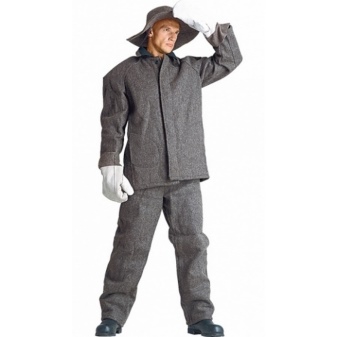
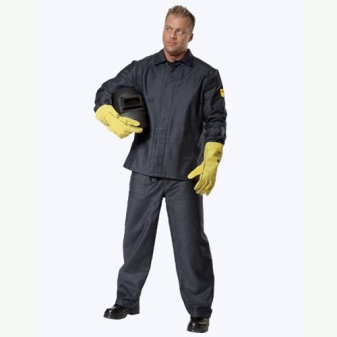
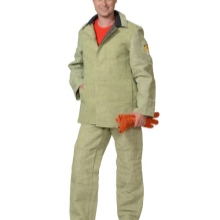

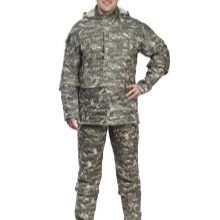
Chemical protection
At the enterprises of the chemical, oil-producing and processing industries, special suits are provided for work in case of an accident, bottling of reagents and hazardous substances. Their prototype was the OZK (combined arms protective kit) - a relatively light suit made of rubberized insulating material, which included gloves, boots, and a gas mask. If the troops use camouflage-colored suits, choosing a style as needed - overalls or a raincoat, then enterprises more often choose versatile and light overalls in bright colors (yellow or red).
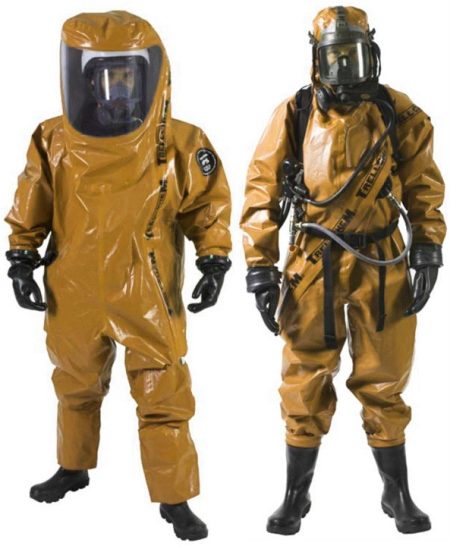
The SPACEL 3000 coverall is an example of a lightweight chemical suit that is resistant to various substances. It is worn over work clothes, but it does not provide long-term protection. But for long-term work, METHANOL, FIR is more suitable. These models are hermetically sealed, resistant to airborne substances and liquid, caustic and poisonous vapours. Elasticated cuffs provide a snug fit, and gas masks provide respiratory protection.



Angara
A protective suit against low temperatures is the most necessary clothing in a harsh cold climate. The hangar is made of natural and synthetic materials (cotton, thermofiber, polyester and others), the combination of which helps to keep warm. This suit does not retain moisture, is not blown. The dark non-staining color is practical, takes into account the wide specifics of the work, and is noticeable on the snow cover. Reflective strips are applied to the suit for safety in the warm season.



Windproof
Fleet personnel, fishing vessels, other sailors and fishermen also need protective clothing that will protect against splashes and high humidity, piercing wind and chill. Employees of enterprises with water facilities also need such a form.Raincoats help with intermittent rain, but they have a raincoat design with a hood, which is not suitable for all jobs, and will also make it difficult to move in conditions of high dampness when there is no rain. For such cases, VVZ and KMF universal camouflage suits are suitable, they are made of durable fibers (nylon, polyester, polyester). The suits consist of a jacket and trousers, with adjustable cuffs and bottoms of the jackets.
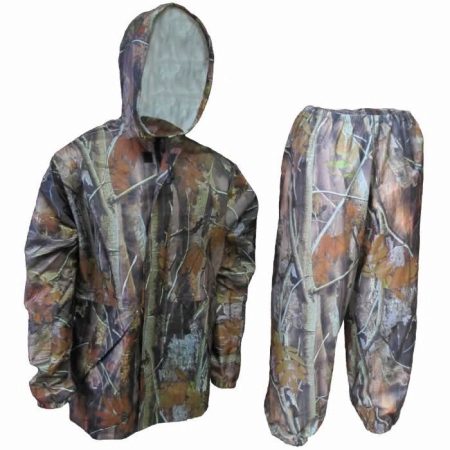
The fastener of top consists of a lightning and a protective level. Membrane suits can also be camouflage and plain, they are made of insulated (made of membrane fabric, with glued seams), this is enhanced protection from wind and rain. VKBO suits (all-weather set of basic uniforms) are a bright representative of such membrane options that are designed for a wide temperature range - from 0 to 20 ° C and a long stay in the shower. Durable, practical and non-marking, with cuffs and drawstring - a popular choice for professionals!
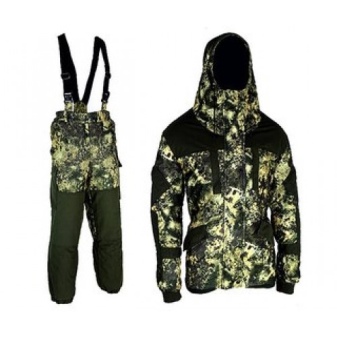
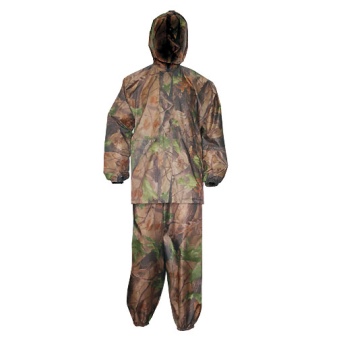
Forward offers clothes for athletes: they keep you warm and protect from rain and wind during outdoor training, allowing you to move freely and actively. The costumes are bright, light, beautiful and comfortable. They are made using rip-stop fabric and the company's developments for fabric processing and impregnation and gluing of seams.
Tyvek offers waterproof suits made of nylon and PVC. They can protect employees from exposure to chemicals, acids, sprayed into the air. This makes the suits indispensable in the chemical industry.
Poseidon is designed to work outdoors in high damp conditions: sleeves with internal cuffs, a protective wind flap on the jacket, PVC outer material, sealed taped seams and a padded lining.
GLC mesh
A camouflaged hazmat suit is worn over clothing. It consists of trousers and a jacket with a large hood. It can be used by both hunters and the military, it is lightweight and equipped with refractory impregnation. The costume is used for camouflage.
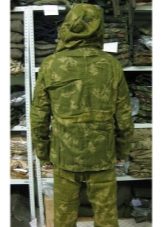
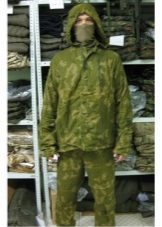
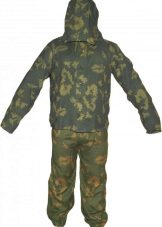
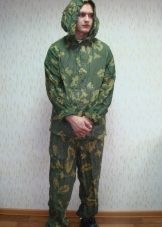
Radiation
When working in areas contaminated with radiation, special conditions are required. For protection, a special rubberized fabric is used, which acts as a barrier and reduces the impact on the body.

The simplest option is the L-1 light protective suit, which replaces the Korund-2 kit.
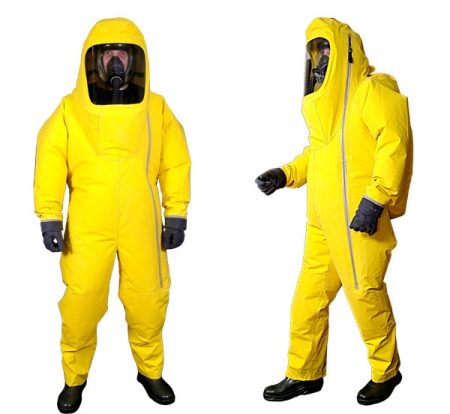
It is made from softer and more elastic fabric. Armholes are more adjustable and fit snugly to the body. The suit is completed with a gas mask. It is put on over seasonal clothes and withstands drops from -40°С to +40°С.
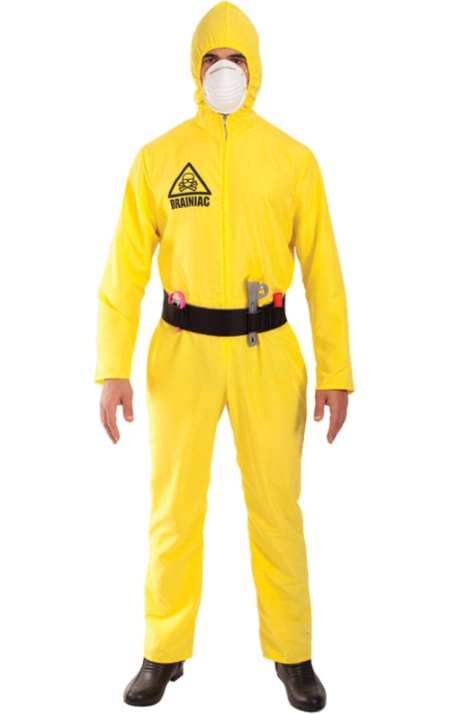
Biological
Such suits are used by medical workers. They are distinguished by lightness, additional respiratory protection and a special density of materials in order to isolate a person and exclude skin contact with an infection. KVIM (suit of an infectious disease doctor) and anti-plague suit "Quartz" are widely known. The suits are worn over clothing, they protect the hands, face, neck, and provide gas masks with interchangeable boxes for working in different conditions.
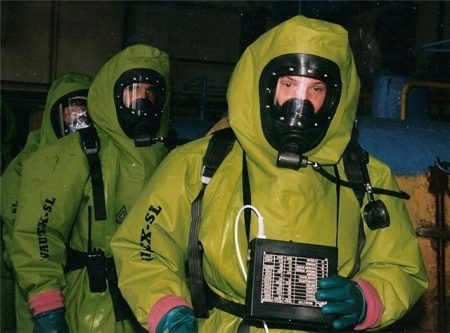
The KVIM kit includes interchangeable gloves for simple work and for high-precision manipulations. "Quartz" is used to work in laboratories with dangerous and little-studied viruses and bacteria. It has higher requirements for insulation and filtration of outside air.
From general industrial pollution
For dirty and dusty work, high-quality suits are also needed: they protect clothes and the body from dirt, are easy to clean and are designed for long-term use.

Most often they are made of propylene, creating straight silhouettes.
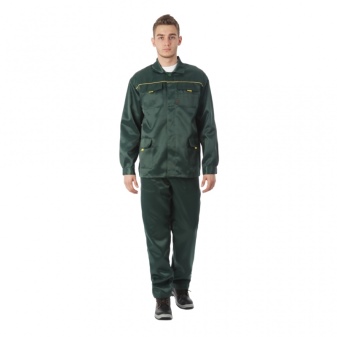
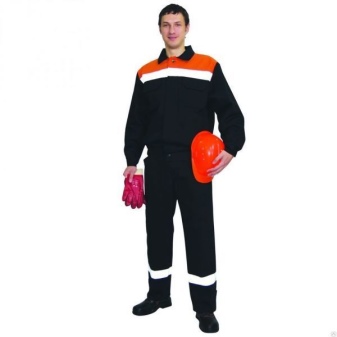
Often these are light overalls with a hood. They are supplemented with gloves, shoe covers and respirators.


From electric arc
Suits made of BANWEAR material (cotton + nylon) provide protection against electric discharge. Such suits have their own seasonality (summer-winter), different processing depending on the protection class. Such clothes are required for welders, electricians, electricians, test engineers. Suits (trousers or dungarees and jacket) reduce the risk of work and can save employees.
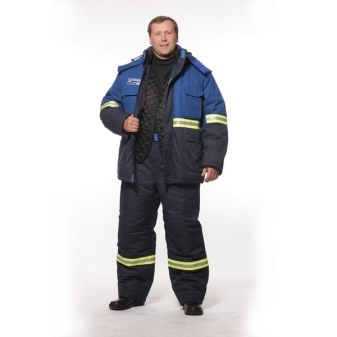

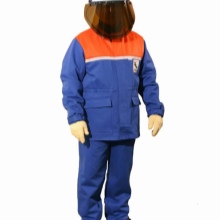

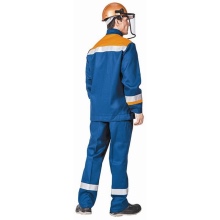
With flame retardant
Flame retardant impregnation is often used in protective suits. The basis is processed cotton, moleskin, flameshield, and fire retardants are used as impregnations. They can be applied to clothing immediately before use.

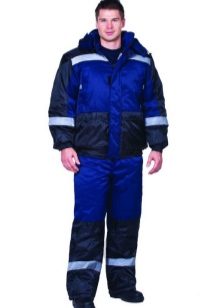
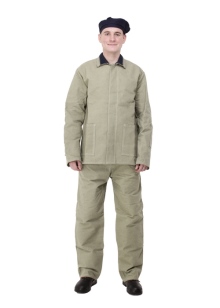
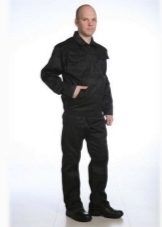

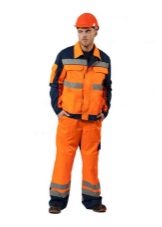

For the motorcyclist
The peculiarities of riding motorcycles have long made bikers very vulnerable. If amateurs often neglect to buy a protective suit, then professional racers-athletes understand that a good suit can save a life.

Leather is called the traditional material, it is not blown through, it creates minimal friction with air.
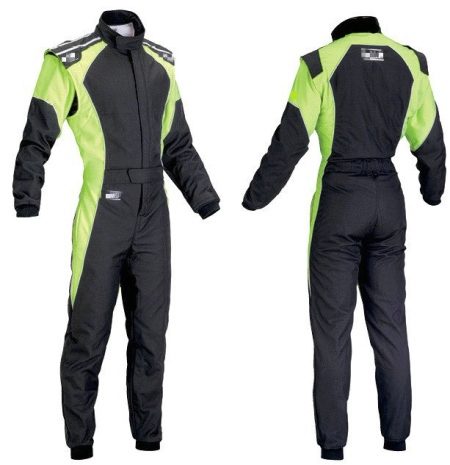
Modern materials - nylon, aramid fibers have the same advantages, and also create a flexible, durable frame that can protect against impacts.
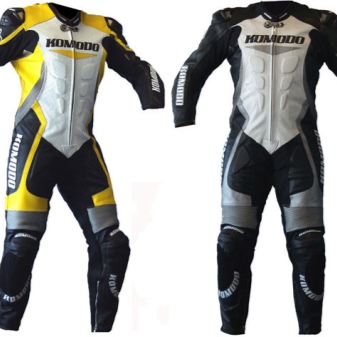
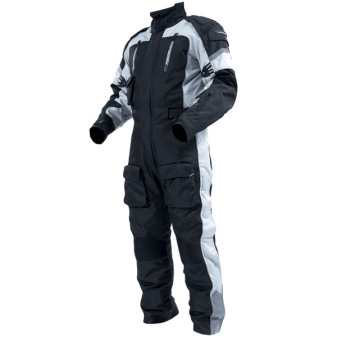
The design of the suits takes into account common types of injuries, provides protection (stiffening ribs, airbags, etc.).
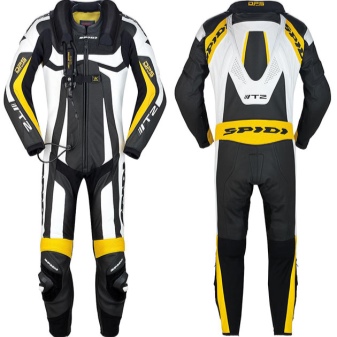

These motorcycle suits help cushion impacts and ensure proper heat transfer. They are worn over underwear or clothing.
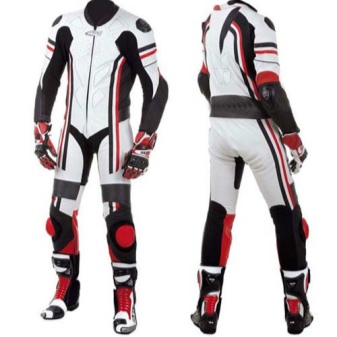

How to put on the OZS
To work in a protective suit was comfortable, you need to follow simple rules. You need to wear suits over linen, from -10 ° C to 15 ° C - over seasonal uniforms, below -10 ° C a padded jacket helps to warm up. As for helmets and hoods, the recommendation for the winter period is to use balaclavas. Protective boots are worn over socks or footcloths. It is recommended to store and wear suits in the shade so that they do not overheat. Maximum performance is achieved at an even pace of work.
You need to change into a protective uniform right before work, employees do this on a special command. The mode of operation in the suit takes into account the temperature and other conditions that are specified in the instructions. In cloudy weather, the work time may be longer; pre-workouts also increase it.

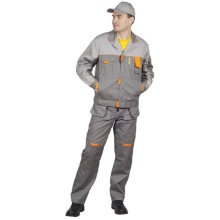
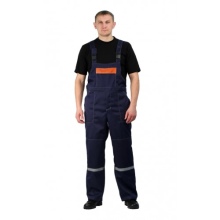
To choose the right protective suits, you need to take into account the climate and the specifics of the work, all the factors that employees may encounter in the performance of their duties. And only trusted stores working with manufacturers can guarantee the quality of a protective suit.




























